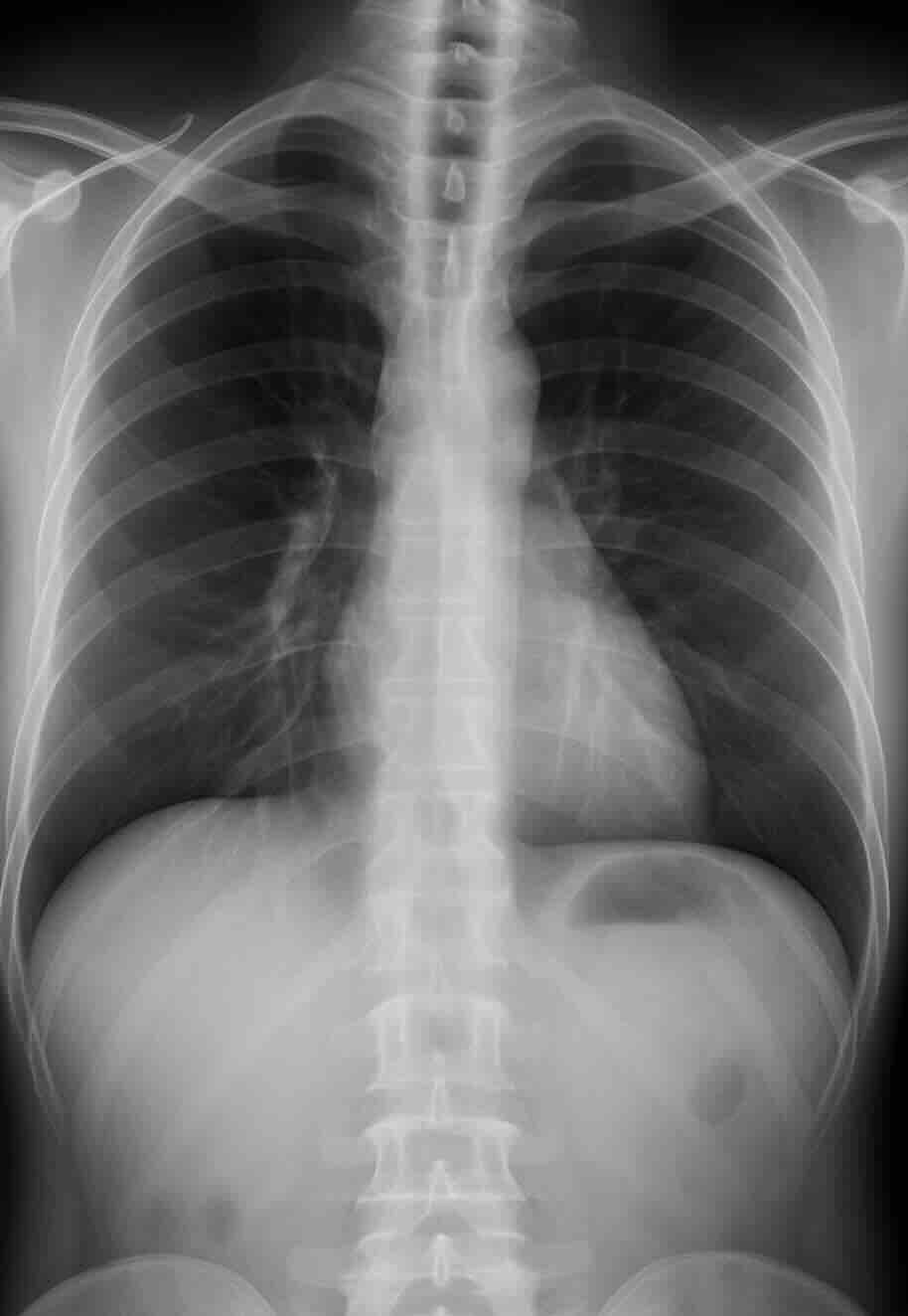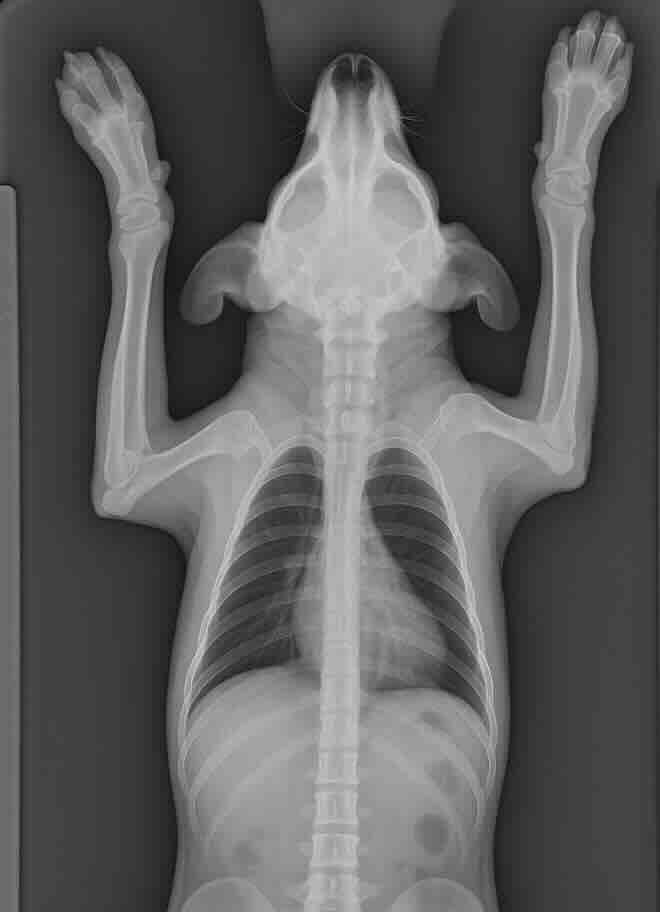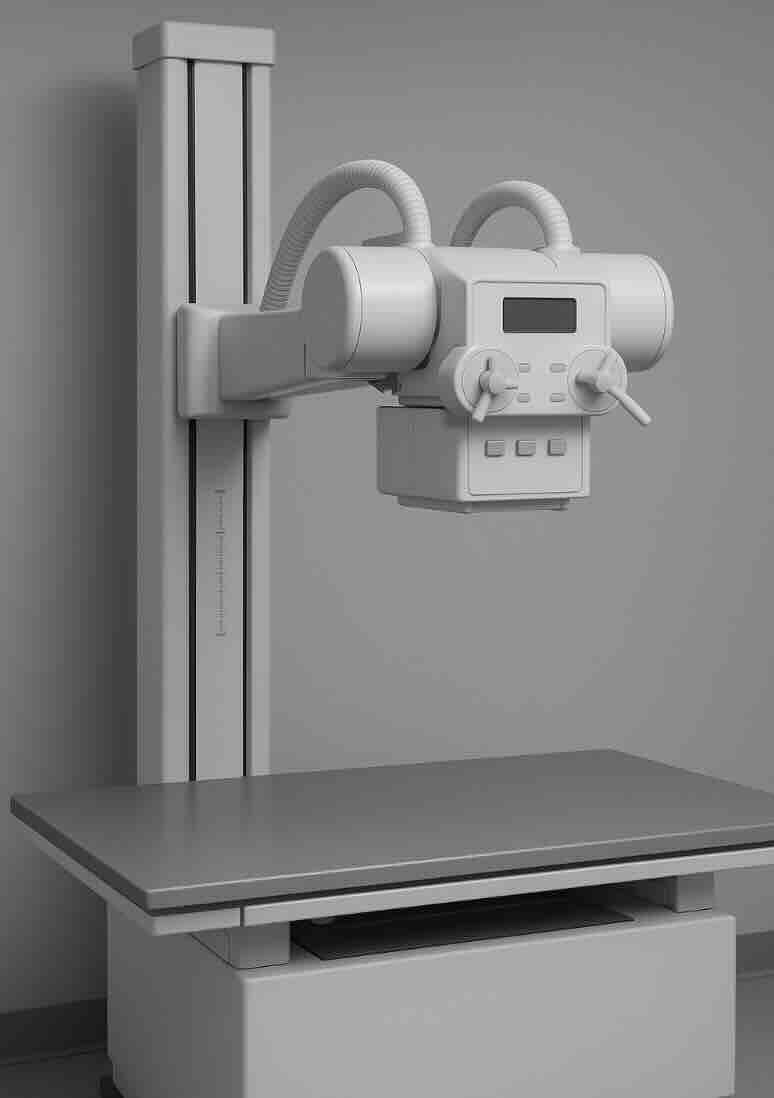X-Ray Cost Categories

Human X-Rays
Discover the costs of different types of human x-rays including chest, dental, and more.
Learn More
Pet X-Rays
Find out how much x-rays cost for your pets, including dogs and cats at various veterinary facilities.
Learn More
X-Ray Equipment
Explore the costs associated with x-ray machines and equipment for medical facilities.
Learn MoreX-Ray Costs by Location
Compare x-ray costs in different countries and healthcare facilities around the world.
Understanding X-Ray Costs
X-rays are one of the most common diagnostic imaging procedures performed in healthcare settings. They use radiation to create images of the inside of your body, helping doctors diagnose conditions, monitor the progression of disease, and check how well treatments are working. Despite their common use, the cost of x-rays can vary significantly based on multiple factors.
When it comes to x-ray costs, there is no one-size-fits-all answer. The price you'll pay depends on several key factors including where you get the x-ray done, what type of x-ray you need, whether you have insurance, and your geographical location. Understanding these factors can help you make informed decisions about your healthcare and potentially save money.
Factors Affecting X-Ray Costs
The cost of an x-ray can be influenced by a multitude of factors, which is why there's such a wide range in pricing across different healthcare providers and geographical locations. Here are the primary factors that impact x-ray costs:
Type of X-Ray
Different types of x-rays require different equipment, techniques, and levels of expertise, which directly affects the cost. For example:
- A simple chest x-ray typically costs less than a dental panoramic x-ray
- X-rays that require contrast dye (such as barium x-rays) are generally more expensive
- Multiple views or specialized x-rays (such as those used in orthopedics) may cost more than standard single-view x-rays
Healthcare Setting
The facility where you receive your x-ray significantly impacts the cost:
- Hospital radiology departments typically charge more than standalone imaging centers
- Urgent care facilities usually charge less than emergency rooms but more than primary care offices
- Independent imaging centers often offer the most competitive pricing for self-pay patients
- Veterinary x-ray costs vary widely between specialty animal hospitals and local veterinary clinics
Insurance Coverage
Your insurance status plays a crucial role in determining your out-of-pocket costs:
- With insurance, you may pay only a copayment or a percentage of the cost after meeting your deductible
- Without insurance, you'll typically pay the full rate, although many facilities offer self-pay discounts
- Different insurance plans have different coverage levels for diagnostic imaging
- Some plans require pre-authorization for certain types of x-rays
Geographical Location
Healthcare costs, including x-rays, vary significantly by region:
- Urban areas generally have higher healthcare costs than rural areas
- States with higher costs of living typically have higher medical imaging costs
- Competition between providers in a given area can influence pricing
Additional Services
The total cost may include more than just the x-ray itself:
- Radiologist interpretation fees (sometimes billed separately)
- Facility fees charged by hospitals or imaging centers
- Additional views or follow-up imaging if needed
- Costs of copies of images or reports
Average X-Ray Costs in the United States
While costs can vary widely based on the factors mentioned above, here are some general ranges for common x-ray procedures in the United States (without insurance):
| X-Ray Type | Low Cost | Average Cost | High Cost |
|---|---|---|---|
| Chest X-Ray (2 views) | $100 | $200 | $500+ |
| Dental X-Ray (single) | $15 | $25 | $75+ |
| Dental X-Ray (full mouth) | $85 | $150 | $300+ |
| Extremity X-Ray (arm, leg) | $100 | $180 | $400+ |
| Abdominal X-Ray | $200 | $350 | $600+ |
| Spine X-Ray | $200 | $300 | $600+ |
| Dog/Cat X-Ray | $75 | $250 | $500+ |
Note: These prices are estimates for self-pay patients without insurance. With insurance, your out-of-pocket cost may be significantly lower depending on your plan.
X-Ray Costs With Insurance
If you have health insurance, your out-of-pocket cost for an x-ray will typically be much lower than the full price. However, the exact amount you'll pay depends on your specific insurance plan's structure and benefits. Here's how different insurance components affect your x-ray costs:
Copayments
Many insurance plans charge a fixed copayment for diagnostic imaging services like x-rays. This might range from $25 to $75 per x-ray, regardless of the actual cost of the procedure.
Deductibles
If you haven't met your annual deductible, you may need to pay the full negotiated rate for your x-ray until your deductible is satisfied. Insurance-negotiated rates are typically lower than self-pay prices.
Coinsurance
Some plans require you to pay a percentage of the cost (coinsurance) after meeting your deductible. For example, you might pay 20% of the cost while your insurance covers the remaining 80%.
Out-of-Pocket Maximums
If you've reached your plan's out-of-pocket maximum for the year, your x-ray may be covered at 100% with no additional cost to you.
It's important to note that not all insurance plans cover x-rays in the same way. Some may categorize certain types of x-rays as preventive care (like dental bitewing x-rays during routine check-ups), while others may classify them as diagnostic procedures. This classification can significantly impact your costs.
Saving Money on X-Ray Costs
Whether you have insurance or are paying out-of-pocket, there are several strategies you can use to reduce your x-ray costs:
For Those With Insurance:
- Stay in-network: Using in-network providers can save you substantial amounts on your out-of-pocket costs.
- Check for pre-authorization requirements: Some insurance plans require pre-authorization for imaging tests. Skipping this step could result in denied claims.
- Ask about facility fees: Hospital-based imaging often includes facility fees that freestanding centers don't charge.
- Review your EOB: Always check your Explanation of Benefits (EOB) for errors in billing or coverage.
For Self-Pay Patients:
- Shop around: Prices can vary dramatically between different facilities, even in the same area.
- Ask about cash-pay discounts: Many facilities offer significant discounts (often 20-50%) for patients who pay in full at the time of service.
- Consider standalone imaging centers: These facilities often charge less than hospitals for the same x-rays.
- Look into payment plans: If you can't afford to pay in full, many providers offer interest-free payment plans.
For Everyone:
- Ask if the x-ray is necessary: Sometimes, other diagnostic approaches might be appropriate and less expensive.
- Request a cost estimate: Providers should be able to give you an estimate of what you'll pay before the procedure.
- Check for assistance programs: Some hospitals and imaging centers offer financial assistance based on income.
- Consider health sharing ministries or discount medical plans: These alternatives to traditional insurance sometimes offer significant savings on imaging.
The Importance of X-Rays in Medical Diagnosis
Despite cost considerations, it's important to recognize the vital role x-rays play in medical diagnosis and treatment. X-rays help healthcare providers:
- Identify broken bones and joint problems
- Detect pneumonia and other lung conditions
- Diagnose dental problems that aren't visible during a regular exam
- Identify certain types of cancer and tumors
- Monitor the progression of conditions like scoliosis
- Guide certain medical procedures
The information provided by x-rays can be crucial for proper diagnosis and treatment planning. While cost is certainly an important consideration, it should be balanced with the medical necessity and potential benefits of the procedure.
Medical Disclaimer
The information provided on XRayCost.com is for general informational and educational purposes only and is not a substitute for professional medical advice. Always seek the advice of your physician or other qualified health provider with any questions you may have regarding a medical condition or medical procedure. Never disregard professional medical advice or delay in seeking it because of something you have read on this website.
Last Updated: May 14, 2025
Frequently Asked Questions About X-Ray Costs
Without insurance, the cost of a typical x-ray can range from $100 to $1,000 or more, depending on the type of x-ray and where it's performed. A standard chest x-ray might cost between $200-$400, while specialized x-rays with contrast could cost more. Standalone imaging centers typically offer lower prices than hospitals. Many facilities also offer cash discounts for patients paying at the time of service.
Most health insurance plans cover medically necessary x-rays, but coverage details vary significantly between plans. You may be responsible for copayments, coinsurance, or deductible amounts. Some plans require pre-authorization for certain types of x-rays. Always check with your insurance provider before receiving an x-ray to understand your coverage and potential out-of-pocket costs.
X-ray costs vary widely due to several factors: facility type (hospitals typically charge more than standalone imaging centers), geographical location (healthcare costs are higher in certain regions), overhead costs, equipment quality and age, staffing costs, and facility policies regarding profit margins. Additionally, the same facility might charge different rates to different patients based on their insurance status and specific insurance plans.
Dental x-ray costs vary by type and quantity. Individual bitewing x-rays typically cost $15-$30 each without insurance. A full mouth series (14-22 x-rays) ranges from $85-$250. Panoramic x-rays, which capture the entire mouth in one image, cost $60-$150. Most dental insurance plans cover preventive x-rays at 80-100% once or twice per year. Some dentists offer new patient specials that include x-rays in the initial exam cost.
Pet x-ray costs typically range from $75 to $500 or more, depending on the type of x-ray, number of views needed, your geographic location, and whether sedation is required. Basic single-view x-rays for dogs or cats usually start around $100-$150, while multiple views, specialty imaging, or contrast studies can exceed $400. Emergency vet clinics generally charge premium rates compared to regular veterinary practices. Pet insurance may cover x-rays if they're medically necessary and not for pre-existing conditions.
Yes, urgent care x-rays are typically 30-50% less expensive than the same x-rays performed at hospital emergency departments. A chest x-ray that might cost $400-$600 at a hospital ER could cost $150-$250 at an urgent care center. Urgent care centers have lower overhead costs and generally charge lower facility fees. However, they may not offer all types of specialized x-rays that hospitals provide. For non-emergency situations, urgent care centers often represent a good balance of accessibility, quality, and cost.
To find out x-ray costs in advance: First, get the specific CPT code for your x-ray from your doctor (e.g., 71046 for a 2-view chest x-ray). Then, contact your insurance company to check coverage and get an estimate of your out-of-pocket costs. Next, call different imaging facilities to request their cash price and insurance-negotiated price for that specific CPT code. Many hospitals and imaging centers now have price transparency tools on their websites. You can also use healthcare pricing websites like Healthcare Bluebook or Fair Health Consumer to compare typical costs in your area.
X-ray machine costs for medical facilities vary widely based on type, capabilities, and whether they're new or refurbished. Basic digital radiography systems for small medical offices typically range from $50,000 to $100,000. Mid-range systems with more advanced features cost $100,000 to $200,000. High-end systems with multiple functionalities can exceed $250,000. Specialized machines like dental panoramic x-rays range from $25,000 to $60,000. Refurbished equipment typically costs 40-60% less than new equipment. These prices generally don't include installation, training, service contracts, or additional workstations, which can add significant costs.